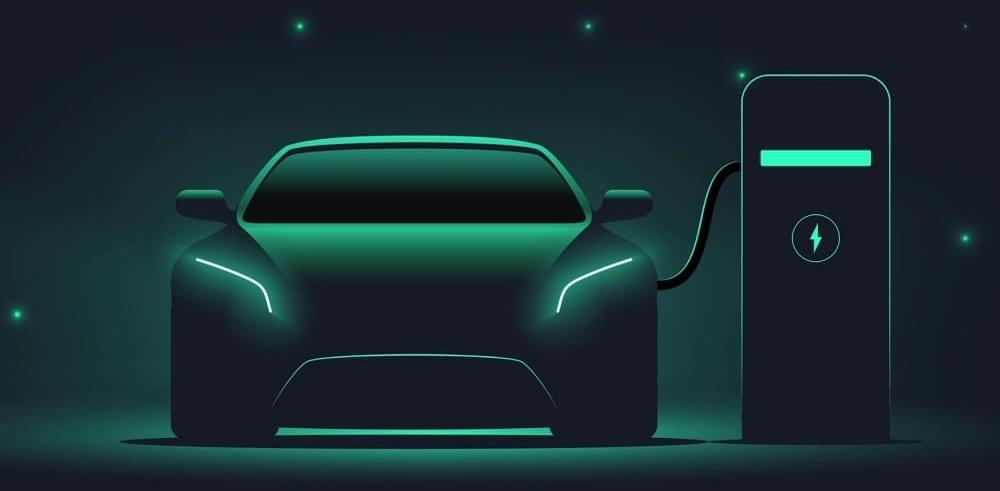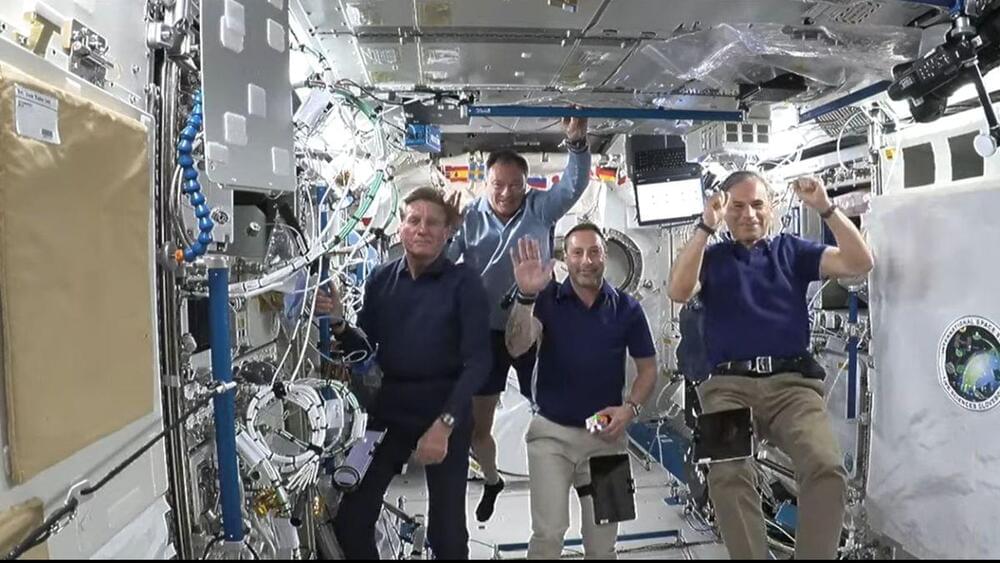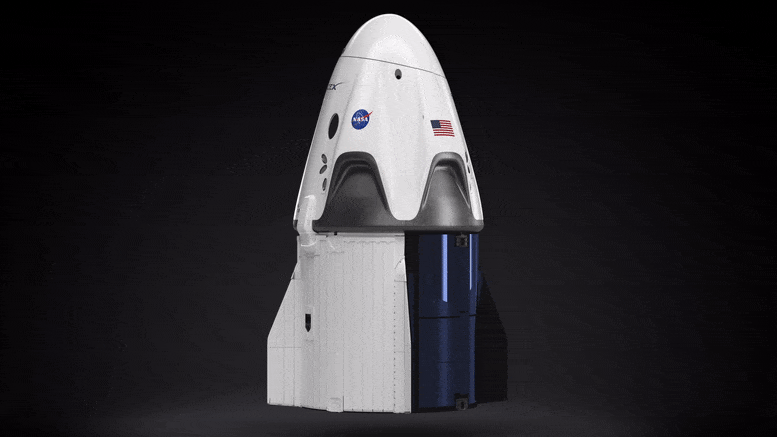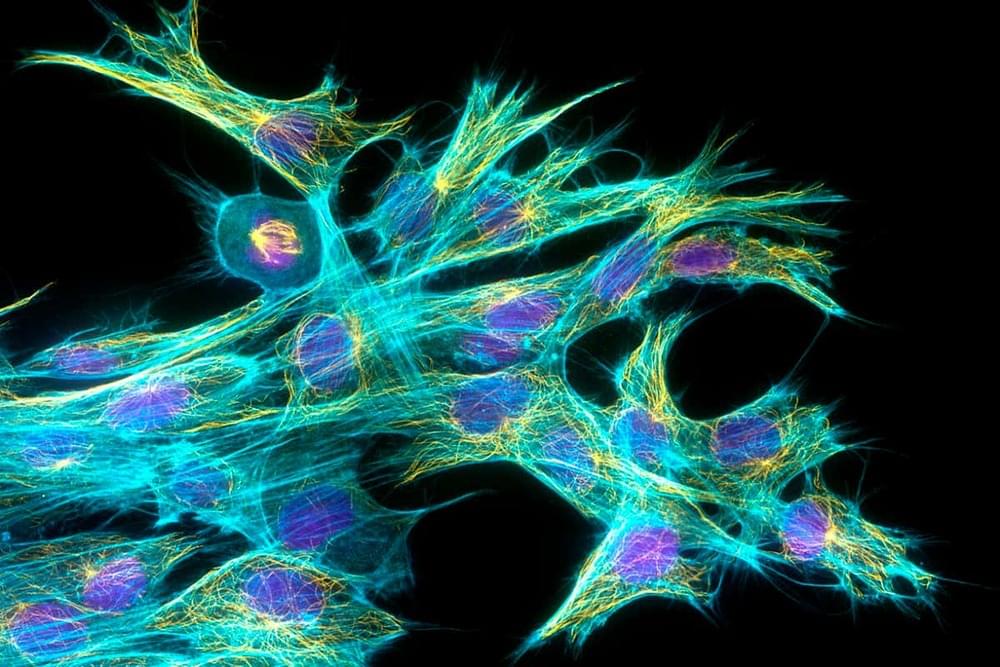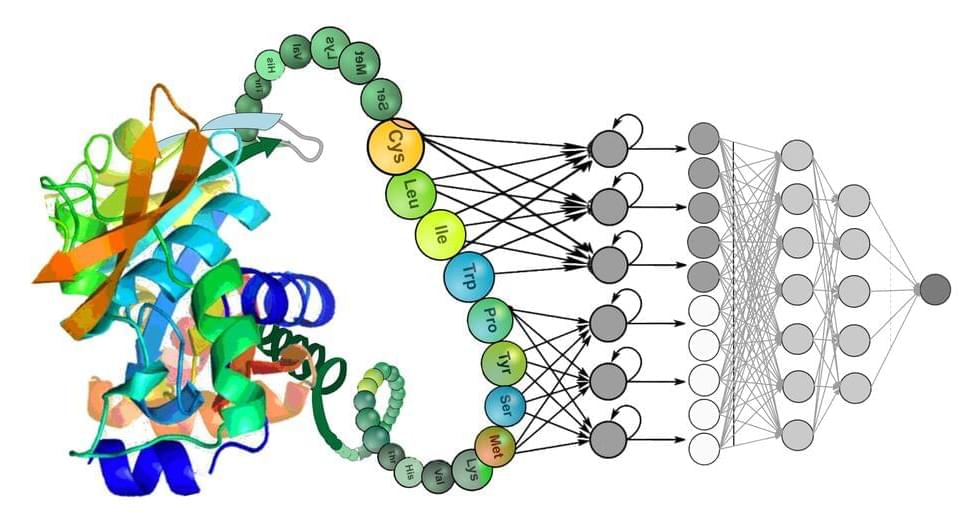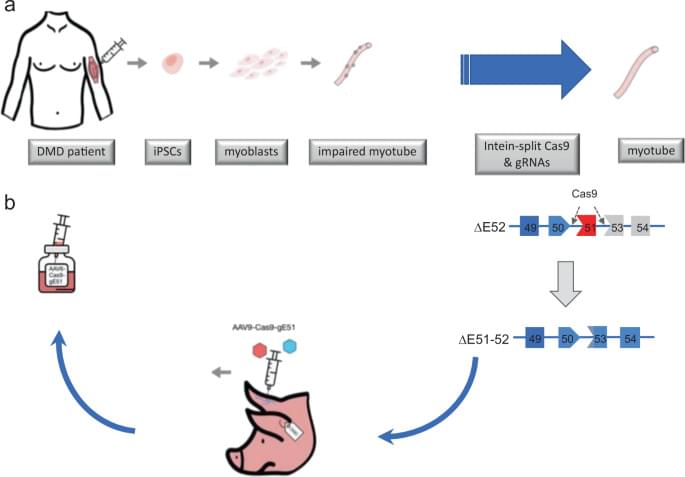Combating Antibiotic-Resistant Bacteria — Dr. Erin Duffy, Ph.D., Chief of Research & Development, and Kevin Outterson, ESQ., Executive Director, CARB-X.
The Combating Antibiotic-Resistant Bacteria Biopharmaceutical Accelerator (CARB-X — https://carb-x.org/) is a global non-profit partnership accelerating antibacterial products to address drug-resistant bacteria, a leading cause of death around the world. 1.27 million deaths worldwide were attributed to resistant bacterial infections in 2019.
The CARB-X portfolio is the world’s most scientifically diverse, early development pipeline of new antibiotics, vaccines, rapid diagnostics and other products and represents the only global partnership that integrates solutions for the prevention, diagnosis and treatment of life-threatening bacterial infections, translating innovation from basic research to first-in-human clinical trials.
Dr. Erin Duffy, PhD., is Chief of Research & Development at CARB-X and she has two decades of drug-discovery and problem-solving experience in the antibiotic arena. She was previously with Rib-X Pharmaceuticals (now Melinta Therapeutics) where in increasing roles she helped to build and sustain a team of researchers that translated the company’s scientific platform into next-generation and novel antibiotics that target the ribosome. Her team’s most recent achievements include the de novo design and optimization of a completely new class of antibiotics, the pyrrolocytosines, which were supported in part by CARB-X. Prior to Rib-X, Erin was the Associate Director of Innovative Discovery Technologies at Achillion Pharmaceuticals, responsible for building the structure and computational teams and platform for their antiviral efforts. She began her industrial career at Pfizer Central Research, in Groton, Connecticut, where she joined a team of computational and structural drug designers in multiple therapeutic areas. Erin was trained formally at Yale University, where she became a physical-organic chemist focused on defining computationally how small molecules interact and react in the group of Professor William L. Jorgensen. She expanded her experience to large molecules under the mentorship of Professor Axel Brunger, whose group at Yale was transitioning to a mix of computational and laboratory structural biology.
Kevin Outterson, ESQ., is Executive Director of CARB-X and is a global thought leader on business models for antibiotic development and use. He is Professor of Law and N. Neil Pike Scholar of Health and Disability Law at Boston University School of Law, where he leads multi-disciplinary teams to solve global health issues. Professor Outterson is the Executive Director and Principal Investigator of CARB-X and a partner in DRIVE-AB (aka Driving Reinvestment In Research And Development And Responsible Antibiotic Use) a project composed of 15 public and 7 private partners from 12 countries that is funded by the Innovative Medicines Initiative (IMI) joint undertaking between the European Union and the European Pharmaceutical Industry Association (EFPIA). He also leads the Social Innovation on Drug Resistance program at Boston University.
